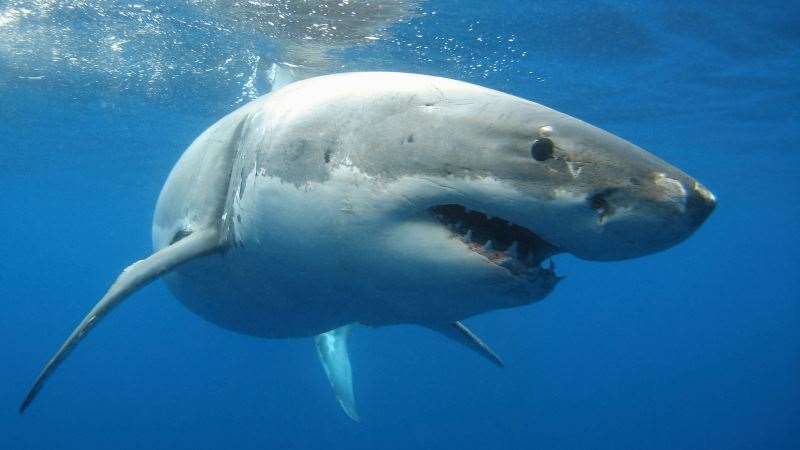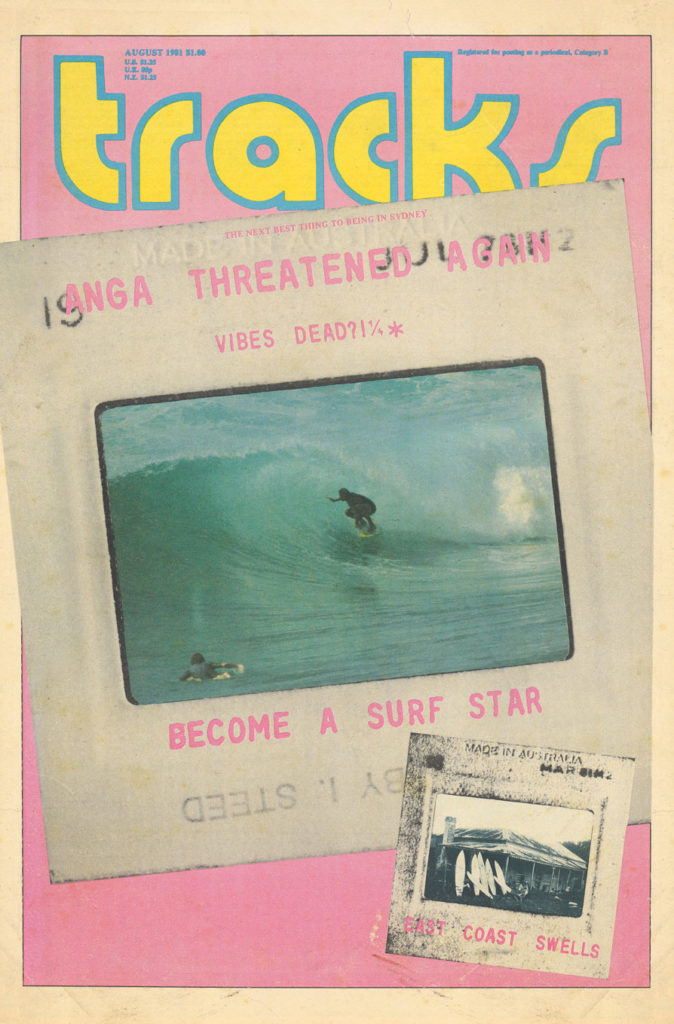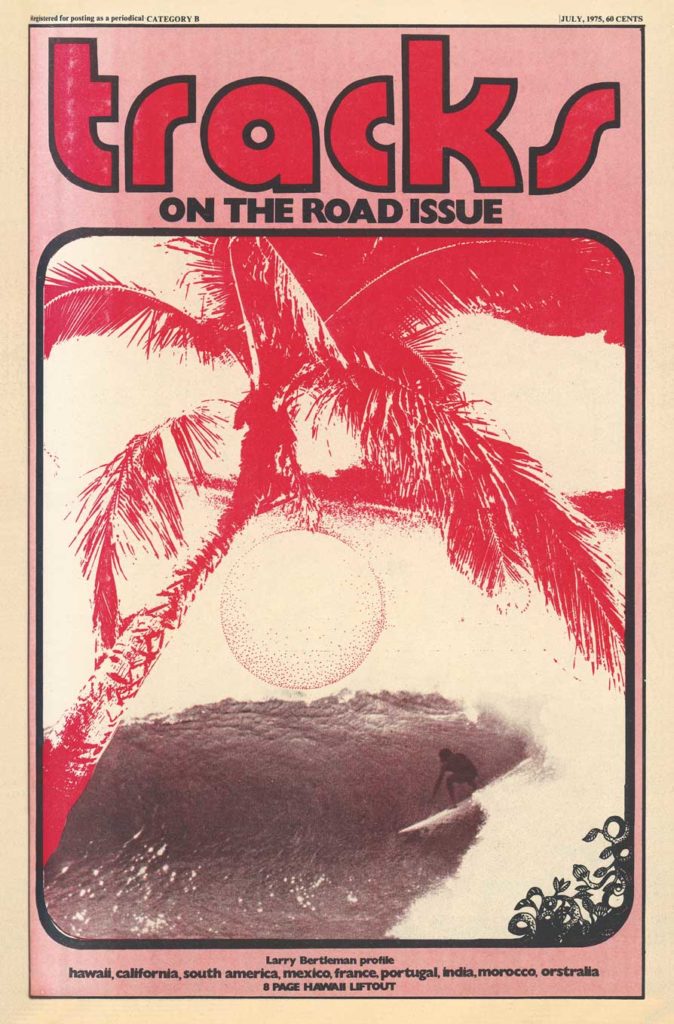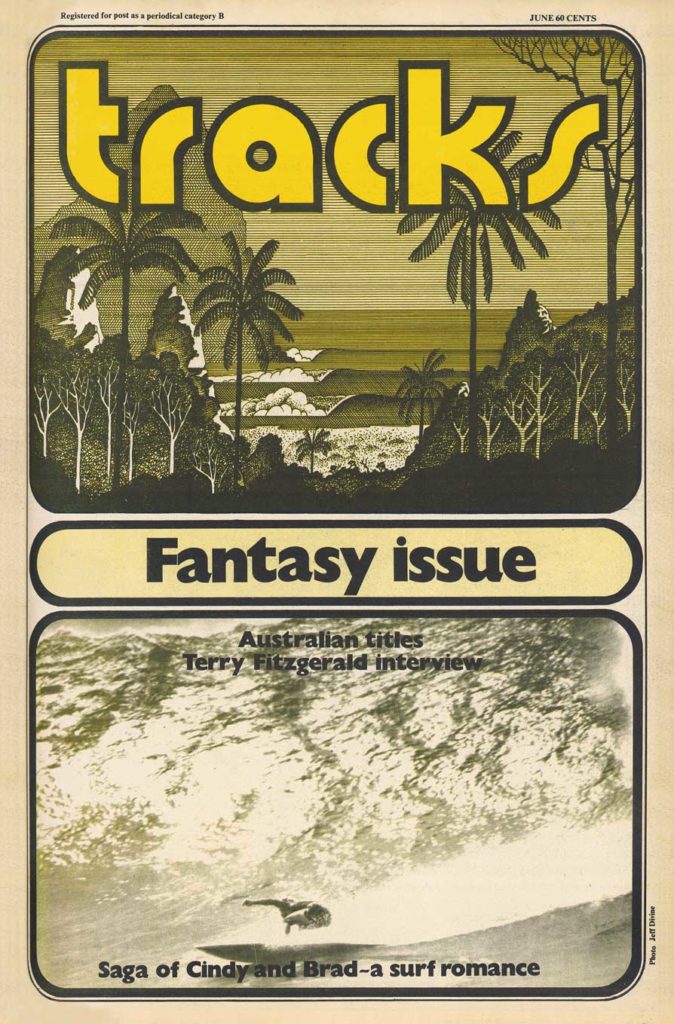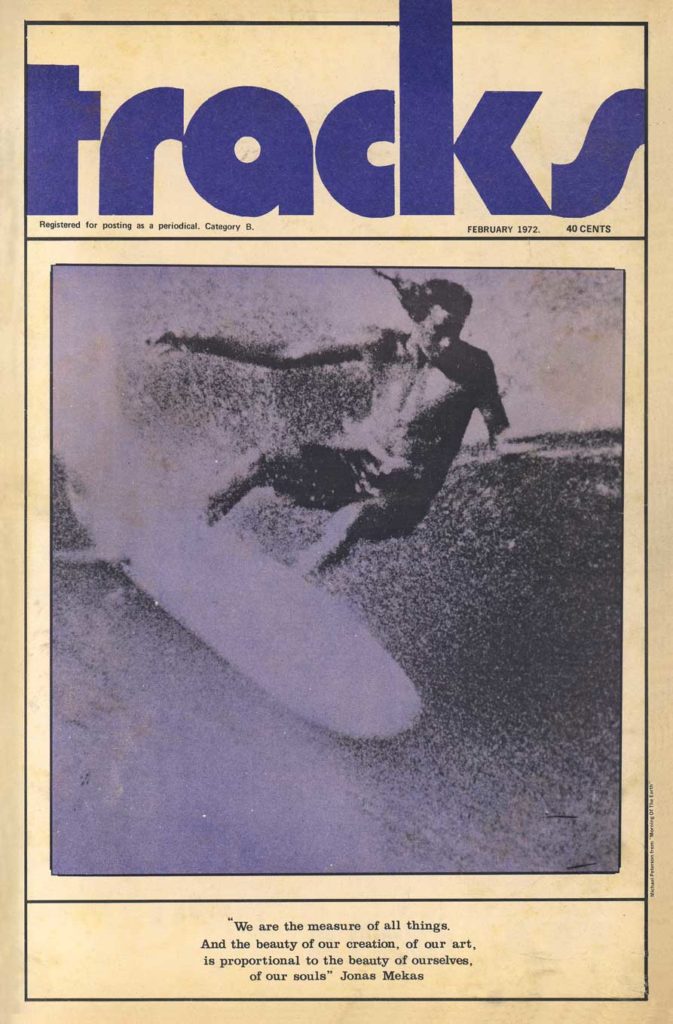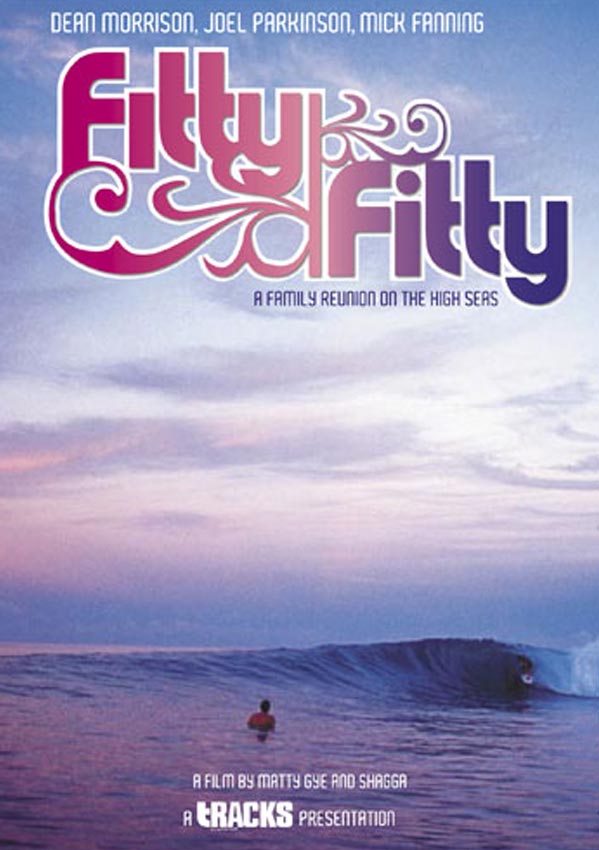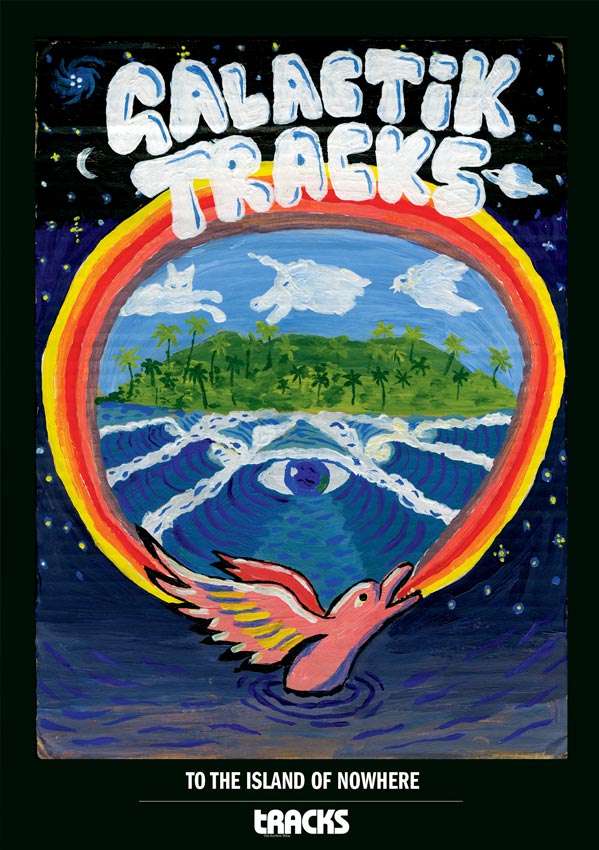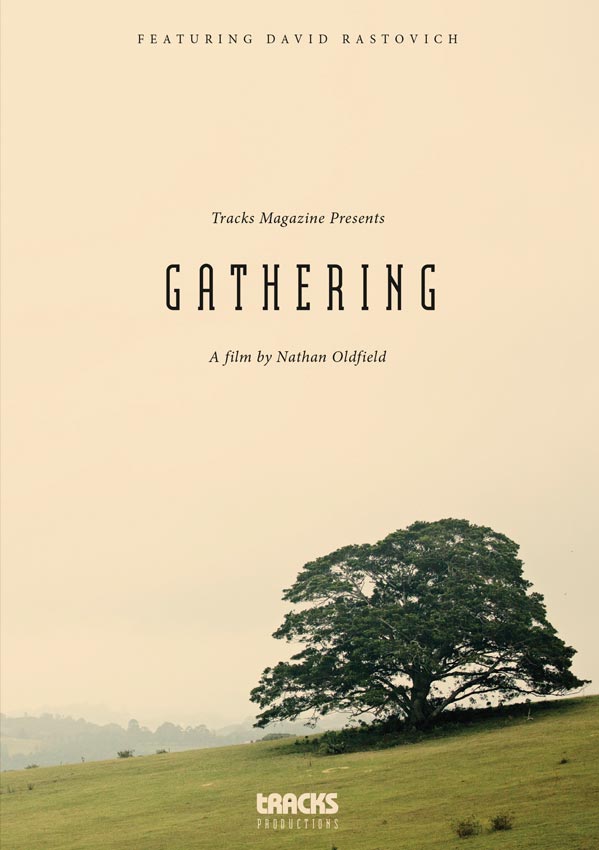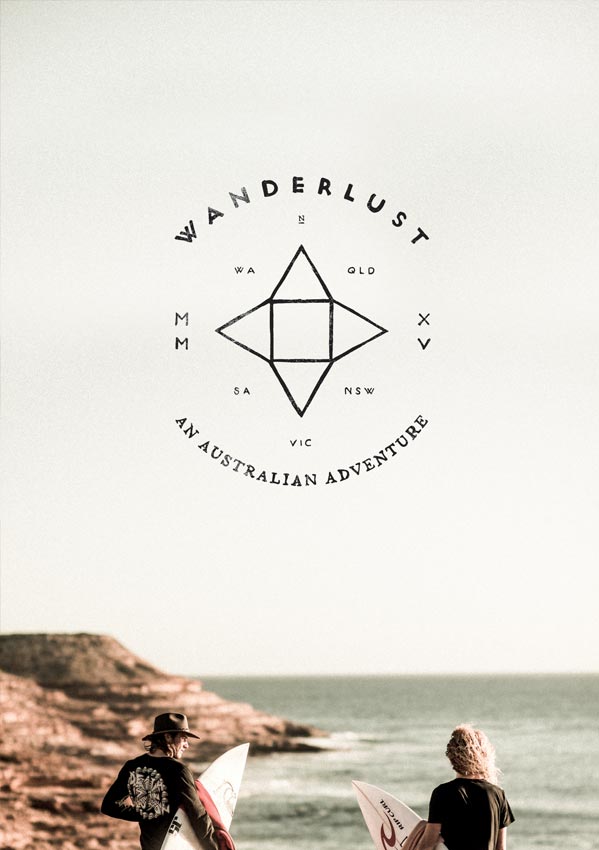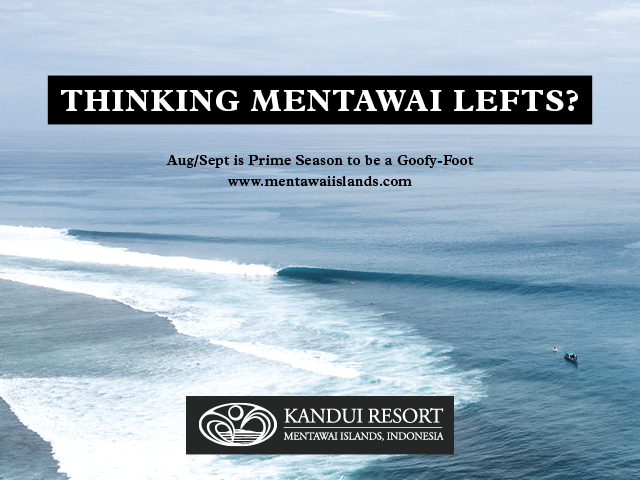The comedian Stevie Wright once said, “Women. Can’t live with them… can’t shoot them.” For surfers we can probably substitute sharks in there. The recent spate of attacks on the north coast of NSW, following on from the fatalities in Western Australia in 2013, have elevated sharks to the very foremost of most surfer’s minds.
Of course, everyone has an opinion. From the Vic Hislop school of shoot sharks first and ask questions later to the die hard eco warriors who believe that the apex predators should be protected at all costs. And with the opinions come the proposed solutions. From mass culling, to netting, to more research, to sonar shields, to shark killing drones, to doing nothing, to community based reporting, the options have been biling forth.
In NSW, despite some calls from some sections of the surf community and local politicians culling doesn’t seem to be an option, having been ruled out by the Premier Mike Baird from the get go. This was probably helped by Western Australia’s decision to stop their controversial drum line based culling program before last summer after a recommendation from the state’s EPA. That program ran from Jan to April 2014 and captured 172 sharks (of which 60 odd were shot) but none were white sharks, considered to the be main cause of fatalities. That drastic measure came after ten fatal attacks had occurred in the last 10 years (there had been the same number in the 100 years previously), and seven of these coming since 2010. The culling however proved costly and controversial, and the results inconclusive.
Like in West Oz it has been the sudden cluster of attacks, combined with increased sightings, and quite bizarrely even dogs being taken, that had led to the cry for a change in policy. Of course the existing policy was fairly nonexistent. Unlike the metropolitan beaches of Sydney, Newcastle, Wollongong, Central Coast and the Gold Coast, no netting, or meshing policy, is in place. First introduced in 1937 in Sydney, the nets do not act as a complete barrier to sharks reaching beaches as they are not permanently set in the water, do not cover the whole length of the beach and do not extend from the water surface to the seabed. In fact, approximately 40% of shark entanglements occur on the beach side of the nets, because sharks are able to swim over and around the nets.
What they do however is catch sharks, as well as other marine life. In Sydney eight target sharks (whites, tigers, bull sharks) were caught and found dead in nets on the northern beaches between last September and April. In the same time, 75 non-target animals, mostly rays and harmless hammerhead sharks (but also turtles, dolphins and dugongs) were also entangled. From 1950 to 2002, more than 11,500 sharks were caught and killed in the Sydney nets, although the average has dropped to around 70 annually. The relative low percentage of target sharks (about 10%) compared to other marine life led the NSW Fisheries Scientific Committee to conclude in 2005 that, “The meshing program adversely affects two or more threatened species, populations or ecological communities and could cause species, populations or ecological communities that are not threatened to become threatened.”
Watch: The Fatal Coast a Tracks Magazine special investigation.
Sharnie Connell, a Manly Sea Life Sanctuary aquarist and founder of No NSW Shark Cull, has said the level of bycatch, 90 per cent, was “unacceptable” and that even some of the target sharks, such as the broad-nosed sevengill shark, posed little danger to humans. “The shark meshing program is a placebo,” she recently told the ABC. (It) only works to create an illusion of public safety, sharks are able to swim, over, under and around the nets.”
On the flipside, and here is the rub, in that time there has been no shark fatalities in Sydney’s waters since the nets were introduced. It is this last stat that no doubt has led to calls to add a meshing program to the Byron and Ballina waters. “It’s time the government stepped in and netted this area, and that’s the general consensus within our club – we want something done and we know nets are effective,” Byron Bay Boardriders Vice President Neil Cameron recently told the Northern Star. “I have been a surfer for 45 years; I’m in the water every day. Human life is more important than marine life.”
In the last few days the NSW premier Mike Baird too has seemed to change his mind on the nets, after initially being in favour of non-lethal measures. “My personal view is I find nets terrible in the sense of the consequence to marine life, but they have kept the city [Sydney] safe,” he told the ABC. “Ultimately what I’d love to see is technology where we don’t need nets, we don’t need culling.”
Which wold be great, if that technology existed. While the established shark nurseries are well known (on the East Coast the largest one is near Hawks Nest) no human has ever seen a white shark less than a year old, little or nothing is known of their reproduction and a birth has never been observed. Now that, is what a statistician calls a data gap. A tagging and tracking program currently being undertaken by the Department of Primary Industries and CSIRO on the North Coast will shed more light, and the information will be crucial, but how long will it take to turn this data into solutions?
Unlike Cameron and Baird, members of the Ballina and Byron Council aren’t convinced that netting will do the job. “All of our attacks [have] been on points or the mouth of the river,” said the Ballina Mayor David Wright recently, “and they’re nearly impossible to net.” Ballina MP Tamara Smith and Byron Shire mayor Simon Richardson, have also ruled meshing out. They have instead committed to funding a helicopter aerial patrol service and aiding the community in the use of drones to set up a shark sighting reporting system, as they build a short and long term shark mitigation strategy.
For now that mitigation strategy is being closely followed by most surfers and especially those who surf up in the northern waters. It’s a complicated problem involving the health of the marine environment, a protected species and humans losing blood, limbs and lives. The foolproof solution of course, is to stop surfing, which is no solution at all. We’d be happy to hear yours.

